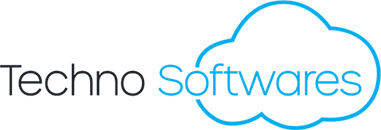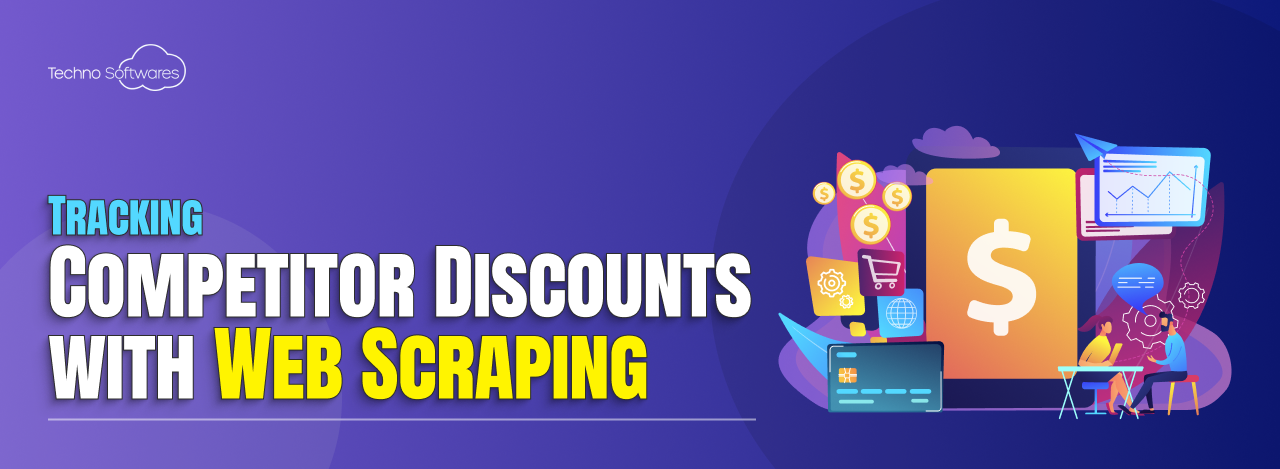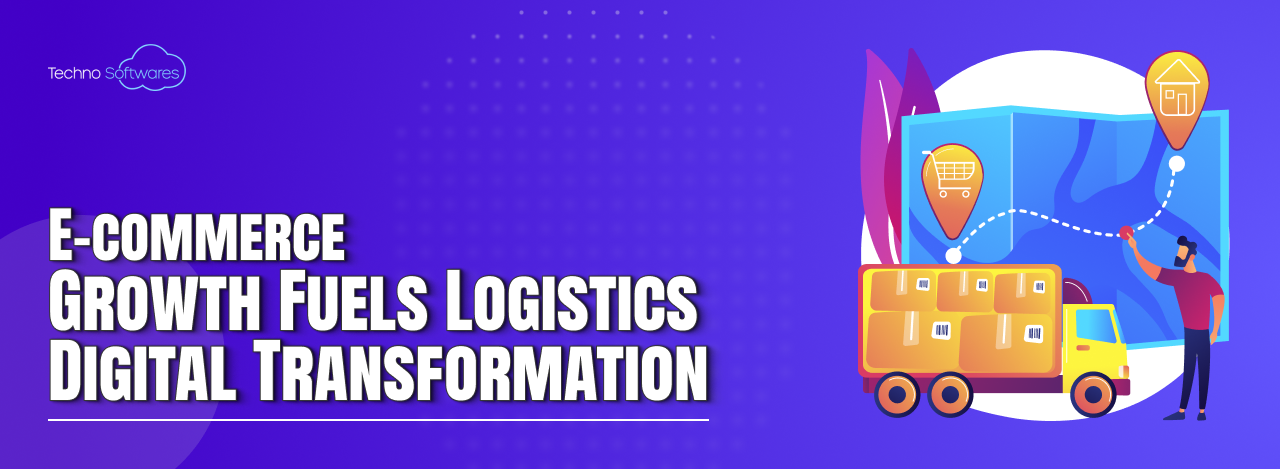How to Use Web Scraping to Track Competitor Promotions and Discount Campaigns
In the fast-paced world of digital commerce, businesses are constantly seeking ways to gain a competitive edge. One of the most effective methods for achieving this is through web scraping, a technique that allows companies to extract valuable data from websites. Web scraping involves using automated tools to gather information from various online sources, enabling businesses to monitor their competitors’ activities, particularly in terms of promotions and discount campaigns.
This practice has become increasingly vital as the online marketplace grows more saturated, making it essential for companies to stay informed about their rivals’ strategies. The significance of web scraping extends beyond mere data collection; it serves as a strategic tool that can inform decision-making processes and enhance marketing efforts. By analyzing competitor promotions, businesses can identify trends, understand consumer behavior, and adjust their own strategies accordingly.
The ability to track real-time changes in competitor offerings allows companies to respond swiftly to market dynamics, ensuring they remain relevant and competitive. As such, web scraping has emerged as a cornerstone of modern competitive intelligence, providing insights that can drive growth and profitability.
Key Takeaways
- Web scraping is a powerful tool for tracking competitor promotions and discount campaigns.
- Understanding the importance of tracking competitor promotions can provide valuable insights for strategic decision making.
- Web scraping works by gathering competitor data from various online sources in real-time.
- Identifying the right data points to track for competitor promotions is crucial for obtaining relevant insights.
- Utilizing web scraping tools can provide real-time insights on competitor campaigns, helping businesses stay ahead of the competition.
Understanding the Importance of Tracking Competitor Promotions and Discount Campaigns
Tracking competitor promotions and discount campaigns is crucial for businesses aiming to optimize their pricing strategies and marketing efforts. Promotions are often designed to attract new customers, retain existing ones, and increase overall sales volume. By closely monitoring these activities, companies can gain insights into what works and what doesn’t in their industry.
For instance, if a competitor launches a successful buy-one-get-one-free offer, it may prompt other businesses to consider similar strategies or even innovate upon them to capture market share. Moreover, understanding the timing and frequency of competitor promotions can provide valuable context for a business’s own marketing calendar. For example, if a competitor consistently runs discounts during specific seasons or holidays, it may indicate a pattern that could be leveraged for strategic planning.
This knowledge allows businesses to align their promotional efforts with market expectations, ensuring they are not left behind when consumers are actively seeking deals. In essence, tracking these campaigns equips companies with the intelligence needed to make informed decisions that can enhance their market positioning.
How Web Scraping Works for Gathering Competitor Data
Web scraping operates through a systematic process that involves several key steps. Initially, a web scraper is programmed to identify specific URLs from which data will be extracted. This can include competitor websites, e-commerce platforms, or even social media pages where promotions are frequently advertised.
Once the target sites are identified, the scraper uses algorithms to navigate through the HTML structure of the pages, locating the relevant data points such as product prices, promotional banners, and discount codes. The data collected is then structured into a usable format, often stored in databases or spreadsheets for further analysis. This process can be automated to run at regular intervals, ensuring that businesses receive up-to-date information without manual intervention.
For instance, a company might set up a scraper to check competitor websites every day at a specific time, allowing them to capture any new promotions as they go live. This automation not only saves time but also enhances accuracy by minimizing human error in data collection.
Identifying the Right Data Points to Track for Competitor Promotions
When it comes to tracking competitor promotions through web scraping, identifying the right data points is essential for deriving actionable insights. Key metrics often include promotional start and end dates, discount percentages, product categories on sale, and any unique selling propositions highlighted in the promotions. For example, if a competitor frequently offers discounts on seasonal items or bundles products together at a reduced price, this information can inform a business’s own promotional strategies.
Additionally, tracking customer engagement metrics such as social media shares or comments related to these promotions can provide deeper insights into consumer sentiment. Understanding how customers react to competitor promotions can help businesses tailor their own campaigns more effectively. For instance, if a particular type of promotion garners significant attention on social media, it may be worth exploring similar tactics or even engaging with customers directly to enhance brand loyalty.
Utilizing Web Scraping Tools for Real-Time Insights on Competitor Campaigns
The landscape of web scraping tools is diverse, offering various functionalities that cater to different business needs. Some popular tools include Beautiful Soup and Scrapy for Python users, while others like Octoparse and ParseHub provide user-friendly interfaces for non-programmers. These tools enable businesses to set up scrapers that can extract data from multiple sources simultaneously, providing real-time insights into competitor campaigns.
Real-time data collection is particularly advantageous in fast-moving industries where promotional strategies can change rapidly. For instance, in the fashion industry, trends can shift overnight based on social media influence or celebrity endorsements. By utilizing web scraping tools that offer real-time capabilities, businesses can stay ahead of these trends and adjust their marketing strategies accordingly.
This agility not only enhances competitiveness but also fosters a proactive approach to market changes.
Analyzing and Interpreting Competitor Data for Strategic Decision Making

Once data has been collected through web scraping, the next critical step is analysis and interpretation. This involves examining the data to identify patterns and trends that can inform strategic decision-making. For example, if analysis reveals that a competitor consistently offers discounts during certain months or around specific holidays, this could indicate consumer buying behavior that should be considered when planning one’s own promotional calendar.
Moreover, comparative analysis can be conducted to evaluate how a business’s promotions stack up against those of its competitors. By assessing factors such as discount depth and promotional frequency, companies can identify gaps in their own strategies and areas for improvement. This analytical approach not only aids in refining marketing tactics but also helps in forecasting future trends based on historical data patterns.
Leveraging Techno Softwares for Automated Competitor Tracking
Techno Softwares have emerged as powerful allies in the realm of automated competitor tracking through web scraping. These software solutions often come equipped with advanced features such as machine learning algorithms that enhance data extraction accuracy and predictive analytics capabilities that forecast future trends based on historical data. By leveraging such technologies, businesses can automate the entire process of competitor tracking from data collection to analysis.
For instance, Techno Softwares can be programmed to send alerts when competitors launch new promotions or adjust pricing strategies. This level of automation not only saves time but also ensures that businesses are always informed about critical changes in the competitive landscape. Furthermore, these tools often allow for customization based on specific industry needs or competitor profiles, making them versatile solutions for various business contexts.
Customizing Web Scraping Solutions for Your Specific Industry and Competitors
The effectiveness of web scraping largely depends on how well the solutions are tailored to meet specific industry requirements and competitor dynamics. Different sectors may have unique characteristics that necessitate customized scraping strategies. For example, in the travel industry, tracking competitor pricing for flights and hotel bookings may require scrapers that can navigate complex booking systems and extract dynamic pricing information.
Customization also extends to the types of data points being tracked. A retail business may focus on product availability and promotional messaging, while a B2B company might prioritize lead generation metrics from competitors’ websites. By developing bespoke web scraping solutions that align with industry standards and competitive behaviors, businesses can ensure they gather the most relevant data for their strategic needs.
Integrating Competitor Insights into Your Marketing and Sales Strategies
The ultimate goal of tracking competitor promotions through web scraping is to integrate these insights into broader marketing and sales strategies effectively. This integration involves using the gathered data to inform pricing decisions, promotional tactics, and even product development initiatives. For instance, if competitors are successfully promoting eco-friendly products at discounted rates, a business might consider launching its own line of sustainable products or adjusting its messaging to highlight environmental benefits.
Additionally, insights gained from competitor analysis can enhance customer engagement strategies. Understanding what resonates with consumers in terms of promotions allows businesses to craft targeted marketing campaigns that speak directly to their audience’s preferences. By aligning marketing efforts with real-time competitive intelligence, companies can create more compelling value propositions that drive customer acquisition and retention.
Staying Ahead of the Competition with Timely and Accurate Competitor Data
In an era where information is power, staying ahead of the competition requires access to timely and accurate data regarding competitors’ promotional activities. Web scraping provides businesses with the tools necessary to gather this intelligence efficiently and effectively. By continuously monitoring competitors’ websites and promotional channels, companies can identify shifts in strategy or emerging trends before they become mainstream.
This proactive approach not only allows businesses to respond quickly but also fosters an environment of innovation where companies feel empowered to experiment with new ideas based on real-world insights. For example, if a competitor’s promotion leads to increased customer engagement or sales spikes during a particular period, other businesses can analyze these outcomes and adapt their strategies accordingly—whether by replicating successful tactics or innovating beyond them.
Harnessing the Power of Web Scraping for Competitor Promotions Tracking
Harnessing the power of web scraping for tracking competitor promotions is no longer just an option; it has become a necessity in today’s competitive landscape. The ability to gather real-time insights into competitors’ strategies empowers businesses to make informed decisions that drive growth and enhance market positioning. As technology continues to evolve, so too will the capabilities of web scraping tools—offering even greater opportunities for companies willing to embrace this powerful technique.
By understanding the intricacies of web scraping and its application in competitor tracking, businesses can unlock new avenues for success in their respective markets. The insights gained from this practice not only inform marketing strategies but also foster a culture of agility and responsiveness that is essential for thriving in an ever-changing business environment. As organizations continue to leverage these insights effectively, they will undoubtedly find themselves better equipped to navigate the complexities of competition in the digital age.
If you are interested in learning more about how web application development services can benefit your online business, check out this article from Techno Softwares: Why is Web Application Development Services Important for Online Businesses? Additionally, if you want to maximize efficiency with EDI and B2B integration solutions, Techno Softwares has you covered with their insightful article: Maximizing Efficiency with EDI and B2B Integration Solutions.
Get Scraping Service (FREE Demo)
FAQs
What is web scraping?
Web scraping is the process of extracting data from websites. It involves using automated tools to gather information from web pages, which can then be used for various purposes such as market research, price monitoring, and competitor analysis.
How can web scraping be used to track competitor promotions and discount campaigns?
Web scraping can be used to monitor competitor websites for changes in pricing, promotions, and discount campaigns. By collecting this data, businesses can gain insights into their competitors’ marketing strategies and make informed decisions about their own pricing and promotions.
What are the benefits of using web scraping to track competitor promotions?
Using web scraping to track competitor promotions can provide businesses with real-time insights into their competitors’ marketing moves. This can help businesses stay competitive, identify new opportunities, and make data-driven decisions about their own promotions and pricing strategies.
How can Techno Softwares help with web scraping for competitor tracking?
Techno Softwares offers web scraping services that can help businesses track competitor promotions and discount campaigns. Their automated tools can gather data from competitor websites, providing businesses with valuable insights and competitive intelligence.





